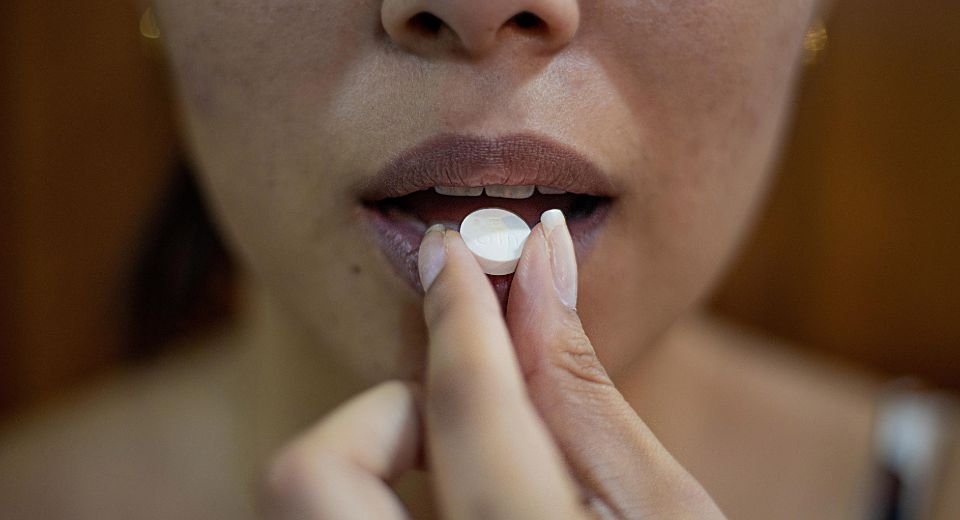HQ Team
October 10, 2024: A study published in Nature Communications discusses a novel water-soluble prodrug technology called Sol-moiety, which enhances the oral bioavailability of small molecule therapeutics. This innovative approach aims to transform how patients receive medications, particularly those that traditionally require intravenous (IV) administration, into convenient oral pills.
The breakthrough in drug delivery
The Sol-moiety technology was developed by a team of researchers led by Mark Smith, the director of medicinal chemistry at Sarafan ChEM-H at Stanford University. It addresses the longstanding challenge of poor solubility in oral drugs.
In mice trials, oral paclitaxel, one of the most prescribed chemotherapy drugs for many common cancers, performed better than the typical IV dose. The oral bioavailability of drugs like enzalutamide and vemurafenib was dramatically increased, achieving rates of 64% and over 100%, respectively.
Utilizing a benzyl scaffold with phosphate groups ensures stability across varying pH levels in the gastrointestinal tract, significantly improving drug absorption rates.
“This could transform the way millions of patients around the world receive chemotherapy,” said Smith. “They’ll have the convenience of staying home to receive care, and they won’t have to do long infusions or receive steroids.”
Bioavailability of drugs
Bioavailability refers to how well the drug is absorbed into the bloodstream and how much of its potency is lost in the journey to reach it. It’s normal for the percentage of drugs to reach the bloodstream to be as low as 20%, but the reason may be surprising. It’s because oil and water do not mix.
To complete the final steps of their journey – crossing cell membranes and slotting into their protein pocket – a lot of drugs need to be lipophilic, or soluble in oil. But to complete the first steps of the journey – formulating into a pill and dissolving in the stomach – the drug needs to be also soluble in water. This is the central paradox of bioavailability: The drug needs to be both water and oil-soluble.
To overcome this oil and water solubility issue, pharmacists formulate a cocktail of molecules to make a drug, which needs to be customised for each new drug.
An alternative is to create a “prodrug,” which involves adding a small chemical tag onto the drug molecule. But this has to be precisely attached as if it falls off too early then the drug molecules are not absorbed, and if it remains attached the drug cannot slot into its protein pocket.
Both these technologies are time-consuming and expensive. Sometimes a new drug invention takes long to reach the market as it has to be turned soluble and easily bioavailable.
“This is an embarrassingly simple solution to an old problem,” said Smith. “With this strategy, we can accelerate a huge variety of new drugs through the clinic.”
Oral medication benefits
Oral pills that do away with the need for IV infusions could lead to significant savings both for the providers and consumers. It makes treatment more accessible and easy.
Studies indicate that patients are more likely to adhere to oral regimens compared to IV treatments. Improved adherence can lead to better health outcomes and reduced long-term healthcare costs.
The research was published in the journal Nature Communications.


